Exploring the History of London: Must-See Landmarks
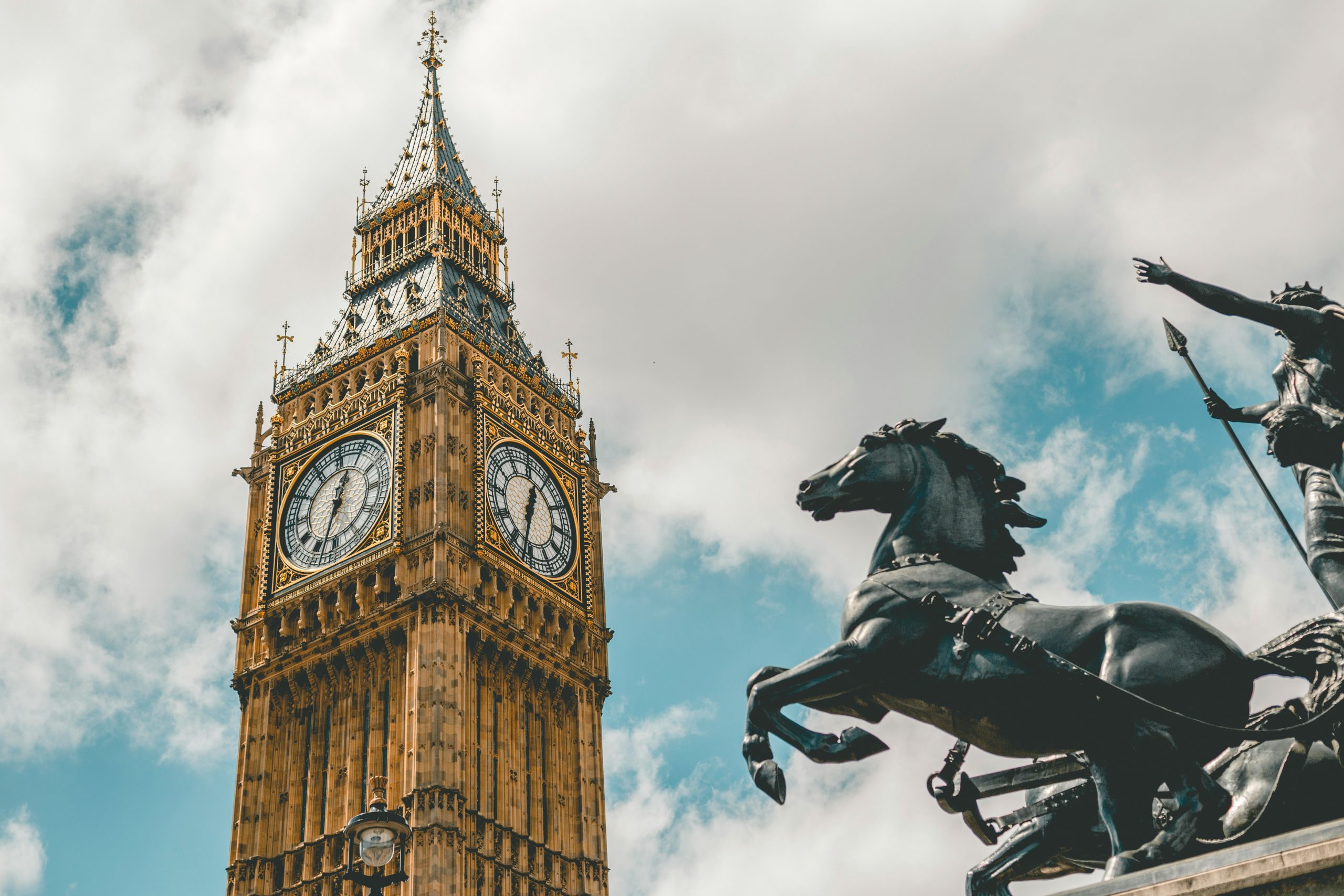
Introduction
Overview of London‘s Historical Significance
London, a city steeped in history, serves as a living testament to centuries of development, conquest, and cultural evolution. From the medieval streets to modern architecture, each corner of this vibrant metropolis tells a story. The city has been the heart of many pivotal moments in history, shaping not only British culture but also global events.
Importance of Exploring Landmarks
Exploring London’s landmarks is essential for anyone seeking to understand its rich heritage. Walking through these sites offers a unique connection to the past, allowing visitors to immerse themselves in the history that shaped their world. Here are a few reasons why it matters:
- Cultural Appreciation: Each landmark reflects artistic and architectural achievements.
- Education: Visiting these sites provides historical context and insights.
- Memorable Experiences: Create lasting memories at iconic locations.
For instance, a stroll by the Thames River can evoke a sense of wonder and connection to the events that unfolded by its banks. Whether it’s your first visit or a familiar journey, London’s landmarks continue to captivate and inspire.
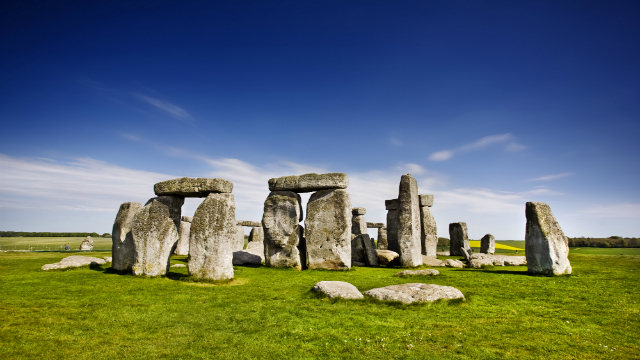
Ancient Landmarks
The Tower of London
The Tower of London, a UNESCO World Heritage Site, is not just an impressive fortress; it’s a fascinating chronicle of England’s history. Established in 1066, it’s known for its role as a royal palace, prison, and treasury. Many visitors, like myself, are struck by its imposing presence and the intriguing tales it holds.
- Key Highlights:
- Home to the Crown Jewels
- Historic royal executions
- Stunning views from the Tower Bridge
Walking through its gates transports you back to a time when monarchs ruled and intrigue was commonplace.
Roman London Wall
A short walk from the Tower brings you to the remnants of the Roman London Wall, a testament to the city’s ancient origins. Built around 200 AD, these formidable walls were designed for defense against invaders.
- Discoverable Features:
- Sections of the wall still standing
- Impressive Roman bricks
- Information panels detailing its history
Exploring this landmark evokes a sense of continuity, blending London’s ancient past with its modern-day vibrancy, reminding us of the layers of history that coexist in this incredible city.
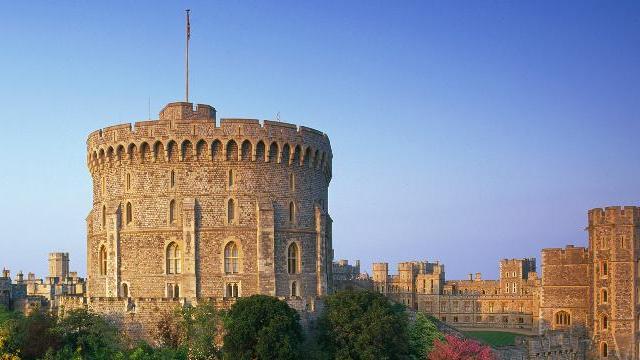
Medieval and Tudor Era Landmarks
Westminster Abbey
Transitioning from the ancient landmarks, Westminster Abbey stands as a magnificent symbol of England’s royal history and religious significance. This Gothic masterpiece has been the coronation site for monarchs since 1066, and its stunning architecture leaves a lasting impression on every visitor.
- Highlights of Westminster Abbey:
- The Poets’ Corner, honoring literary giants
- The ornate Coronation Chair
- Beautiful stained glass windows
Walking through its hallowed halls, you can’t help but feel the weight of history, as if the echoes of grand ceremonies and quiet prayers still resonate within these walls.
St. Paul’s Cathedral
Just a short stroll from Westminster Abbey, St. Paul’s Cathedral offers a different yet equally awe-inspiring experience. Constructed after the Great Fire of London in 1666, its magnificent dome dominates the skyline.
- Noteworthy Aspects:
- Sir Christopher Wren’s architectural genius
- The Whispering Gallery, with extraordinary acoustics
- Stunning mosaics and artworks throughout
Visiting St. Paul’s feels like stepping into a living piece of history. The serenity inside contrasts with the bustling city outside, inviting moments of reflection and appreciation for London’s rich medieval and Tudor heritage.

Renaissance and Victorian Landmarks
Buckingham Palace
Continuing the journey through London’s rich history, Buckingham Palace represents the epitome of royal grandeur. Since the 19th century, this stately residence has been the official home of the British monarch. Its iconic façade and the Changing of the Guard ceremony attract visitors from all over the globe.
- Must-See Features:
- The stunning State Rooms, open to the public in summer
- The iconic balcony where royals make public appearances
- Beautifully manicured gardens
During a visit, the sense of connection to royal tradition is palpable—you can almost envision grand balls and royal gatherings taking place in the lavish halls.
Big Ben and the Houses of Parliament
Just a short walk from Buckingham Palace, the awe-inspiring sight of Big Ben and the Houses of Parliament captures the heart of London’s political history. Completed in 1859, Big Ben, formally known as the Elizabeth Tower, is a beloved symbol of the city.
- Highlights of the Complex:
- The stunning Gothic architecture of the Palace of Westminster
- The tower’s impressive clock face, one of the largest in the world
- The chance to explore the historical debates and decisions that shaped the nation
Witnessing Big Ben strike the hour is one of those unforgettable moments that perfectly encapsulates the rhythm of life in London, underscoring the blend of history and modernity that characterizes this vibrant city.
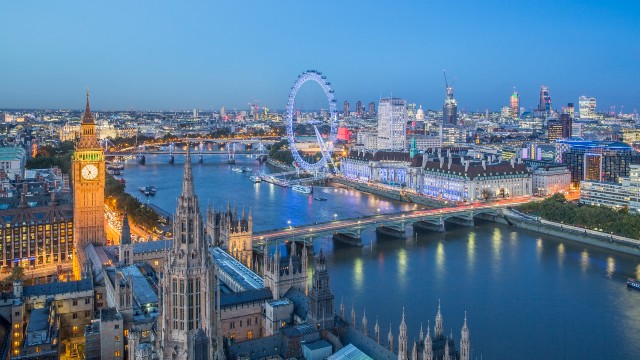
Modern and Contemporary Landmarks
The London Eye
Shifting gears towards modernity, the London Eye stands out as a remarkable feat of engineering and design. Since its opening in 2000, this giant observation wheel has become one of London’s most recognizable landmarks. Offering stunning views of the city, it is a must-visit for any traveler.
- Key Features:
- Each glass capsule can hold up to 25 people
- A full rotation takes about 30 minutes
- Breathtaking panoramic views, especially at sunset
Riding the London Eye is an exhilarating experience; during my visit, I could see landmarks stretching far into the distance, underscoring the vastness and beauty of London.
The Shard
Not far from the London Eye, The Shard pierces the skyline, proudly asserting itself as the tallest building in the UK. Completed in 2012, this glass skyscraper redefined the London skyline and houses offices, restaurants, and luxury apartments.
- Notable Aspects:
- Observation decks on levels 68 to 72 offer striking vistas
- Designed by renowned architect Renzo Piano
- A unique dining experience at the restaurant on the 32nd floor
Visiting The Shard and standing high above the city provides an exhilarating perspective, allowing one to appreciate London’s blend of historic and contemporary architecture. Each visit reaffirms the city’s dynamic identity, showcasing its ability to innovate while honoring its past.
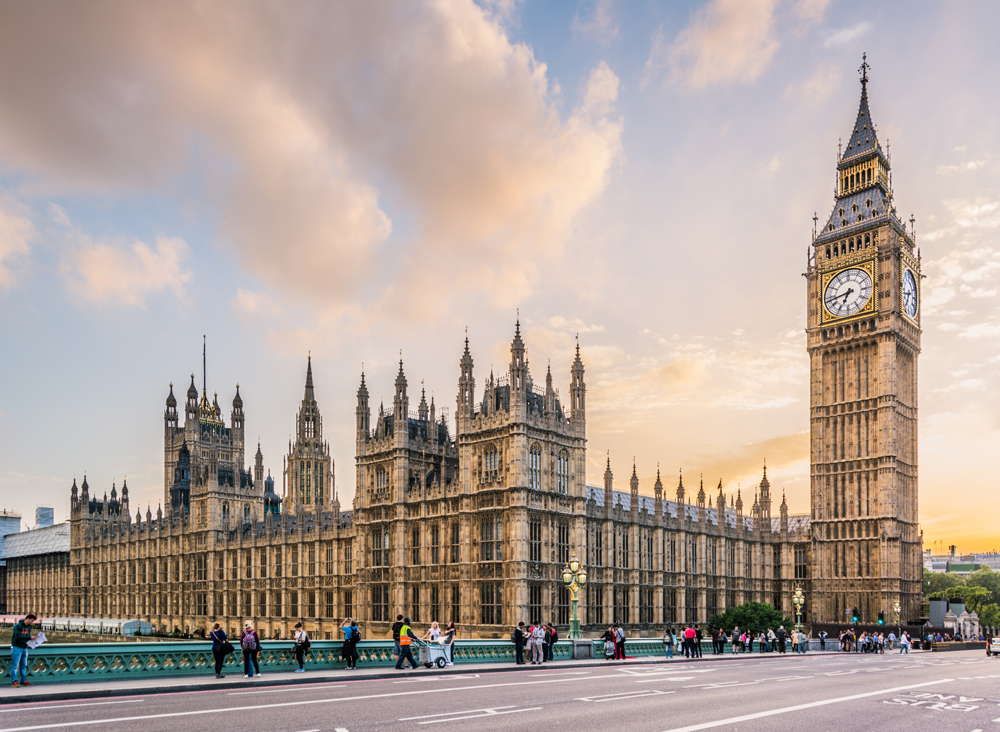
Unique Cultural Landmarks
Shakespeare’s Globe Theatre
As we delve into unique cultural landmarks, Shakespeare’s Globe Theatre offers a mesmerizing glimpse into the world of Elizabethan drama. Reconstructed near its original location, this theatre invites visitors to appreciate Shakespeare’s timeless work in an authentic setting.
- Experiences to Enjoy:
- Attend live performances during the summer months
- Explore informative exhibitions about Shakespeare’s life
- Participate in guided tours that recount fascinating anecdotes
Experiencing a play in the Globe is like stepping back in time—I vividly recall the vibrant atmosphere, where the audience’s laughter and applause blended seamlessly with the live performances.
Tate Modern
Another gem in the realm of cultural landmarks is the Tate Modern. Housed in a converted power station, this contemporary art museum captivates art enthusiasts and novices alike with its impressive collection of modern masterpieces.
- Highlights Include:
- Works by renowned artists such as Picasso, Warhol, and Hockney
- Thought-provoking exhibitions that challenge conventional perspectives
- Scenic views of the Thames from the museum’s viewing terrace
Visiting Tate Modern is a feast for the senses; the ever-evolving exhibitions resonate with discussions on today’s societal themes, making art accessible and relevant. Together, these landmarks weave a rich tapestry of London’s cultural and artistic heritage, inviting exploration and inspiration.
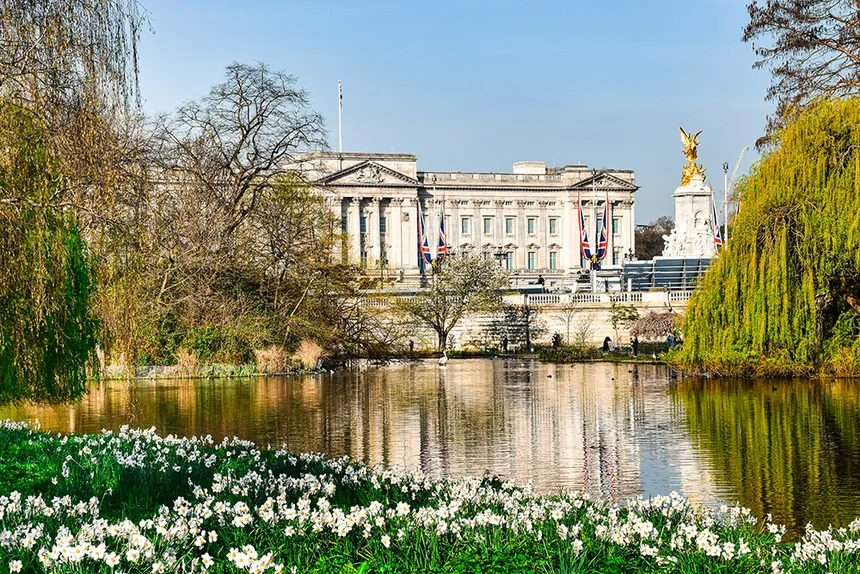
Hidden Gems
Leadenhall Market
Next, let’s explore some of London’s hidden gems, starting with Leadenhall Market. Tucked away in the heart of the City of London, this historic market boasts stunning Victorian architecture, making it a delightful secret waiting to be discovered.
- What to Discover:
- An array of boutique shops and eateries
- Fresh produce and artisan food stalls
- A charming atmosphere that’s perfect for a leisurely stroll
During my visit, I stumbled upon a quaint cheese shop that offered amazing samples—an experience that beautifully highlighted the market’s rich culinary offerings.
Little Venice
Just a short journey from Leadenhall, you’ll find the picturesque area of Little Venice. This charming network of waterways and canal-side cafes provides a serene escape from the city’s hustle and bustle.
- Activities to Enjoy:
- Enjoy a canal boat ride for a unique perspective of the city
- Relax at one of the canal-side pubs with a refreshing drink
- Explore the nearby parks for a peaceful retreat
In Little Venice, the soft sounds of water gently lapping against the canal boats create a tranquil ambiance. It’s a hidden treasure in London that offers a delightful blend of nature and culture, perfect for unwinding and exploring away from the busy tourist crowds.
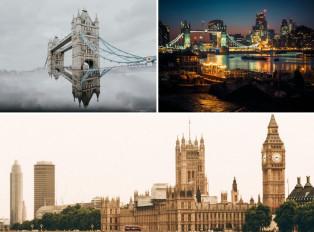
Landmarks with Royal Connections
Kensington Palace
As we transition to landmarks that boast royal connections, Kensington Palace stands out as a serene retreat for the British monarchy. This elegant palace has been a residence for many royals since the 17th century and offers visitors a glimpse into royal life.
- Key Features:
- Explore the beautiful State Apartments
- Discover the enchanting gardens designed by William Kent
- Learn about the lives of notable residents like Princess Diana
During my visit, strolling through the gardens felt like stepping into a storybook, with the delicate flowers and serene ponds providing a perfect backdrop for reflection.
Hampton Court Palace
Another significant royal landmark is Hampton Court Palace, known for its rich history and stunning architecture. Once a favorite of King Henry VIII, this grand Tudor palace is a treasure trove of art, gardens, and intriguing stories.
- Highlights to Experience:
- Marvel at the breathtaking Great Hall, adorned with tapestries
- Get lost in the famous maze, a fun challenge for all ages
- Take a guided tour to learn fascinating tales of the past
Exploring Hampton Court felt like a journey through time. The grandeur of the palace and its magnificent gardens left me in awe of England’s royal history, immersing me in the lives of kings and queens who once walked those halls. Each visit to these royal landmarks is a profound reminder of the legacy and heritage that continue to shape London today.
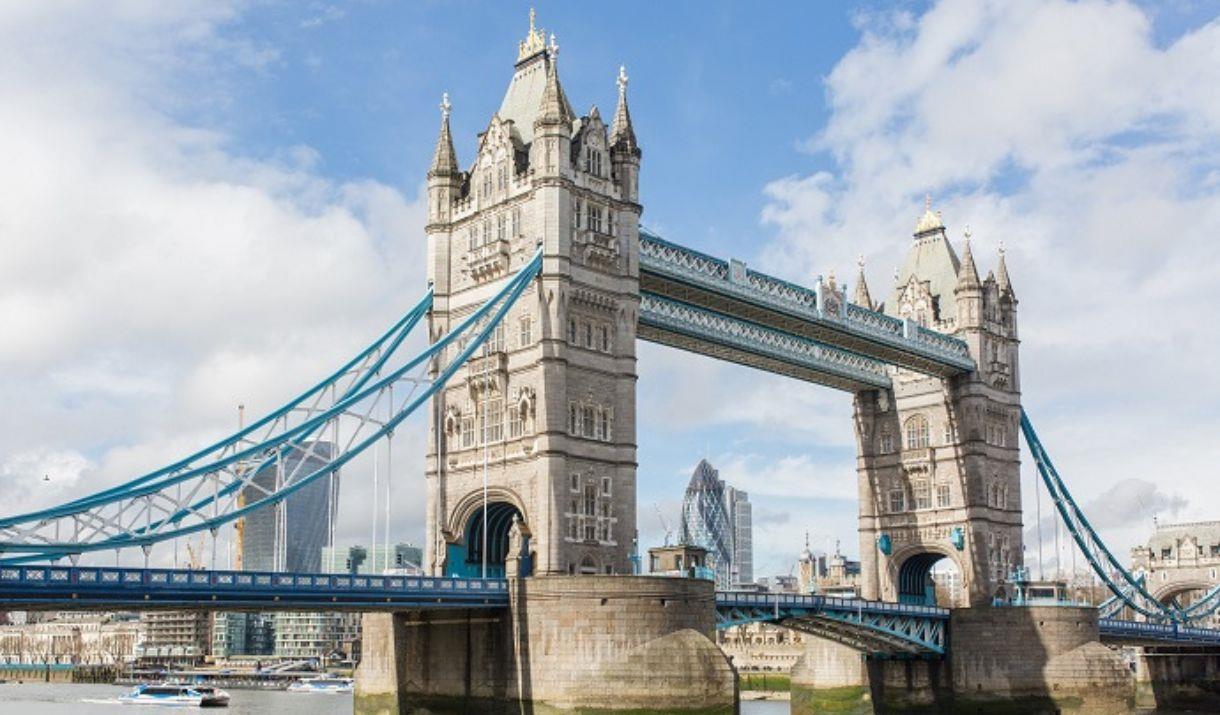
Iconic Bridges
Tower Bridge
Continuing our exploration of London, we arrive at its iconic bridges, starting with Tower Bridge. Completed in 1894, this architectural marvel is often mistakenly identified as London Bridge, but its stunning Gothic design makes it easily recognizable and a beloved symbol of the city.
- Highlights of Tower Bridge:
- Visit the Glass Floors for breathtaking views of the Thames below
- Learn about the fascinating history of the bridge at the Tower Bridge Exhibition
- Take memorable photos against its stunning backdrop, especially at sunset
During my visit, standing on the glass walkway was both exhilarating and slightly nerve-wracking—seeing the traffic and pedestrians moving beneath my feet brought a whole new perspective to the bustling life of London.
Millennium Bridge
Just a short walk along the Thames leads to the modern Millennium Bridge. Opened in 2000, this pedestrian-only suspension bridge connects St. Paul’s Cathedral to the Tate Modern and other attractions on the South Bank.
- Key Features to Enjoy:
- Its unique design creates an almost floating effect across the river
- A popular spot for capturing stunning photos of St. Paul’s Cathedral
- Enjoy a leisurely stroll, taking in the views of the skyline
Crossing the Millennium Bridge is a delightful experience, offering spectacular views of historic and modern London side by side. The gently swaying motion as you walk gives the impression of gliding across the river, making it a favorite spot for both locals and tourists. Together, these iconic bridges encapsulate the spirit of London, bridging its storied past with contemporary innovation.

Conclusion and Recommendations
Summarizing the Must-See Landmarks
As our journey through London’s remarkable landmarks comes to an end, it’s clear that this city is a treasure trove of history and culture. From the ancient Tower of London to the modern Shard, each destination tells a unique story worth exploring.
- Key Landmarks to Consider:
- Historic sites: Westminster Abbey, St. Paul’s Cathedral
- Modern marvels: The London Eye, The Shard
- Hidden gems: Leadenhall Market, Little Venice
- Royal connections: Kensington Palace, Hampton Court Palace
Every corner of London offers a glimpse into its vast narrative, making it an irresistible destination for history enthusiasts.
Tips for Exploring London’s History
When diving into London’s deep history, a few tips can elevate your experience:
- Plan Your Itinerary: Prioritize landmarks based on interest and location for efficient exploration.
- Use Public Transport: The Tube and buses can quickly connect you to various historical sites.
- Take Guided Tours: Consider walking tours for fascinating anecdotes and insights from knowledgeable guides.
- Allow Time for Exploration: Don’t rush—allow time to enjoy the ambience and discover lesser-known stories.
By following these suggestions, your exploration of London’s rich history will be both enjoyable and enriching. The city’s charm lies in its ability to blend the historical with the contemporary, ensuring that every visit feels fresh and exciting. So, grab your map, lace up your walking shoes, and embark on this unforgettable journey through one of the world’s most captivating cities!










